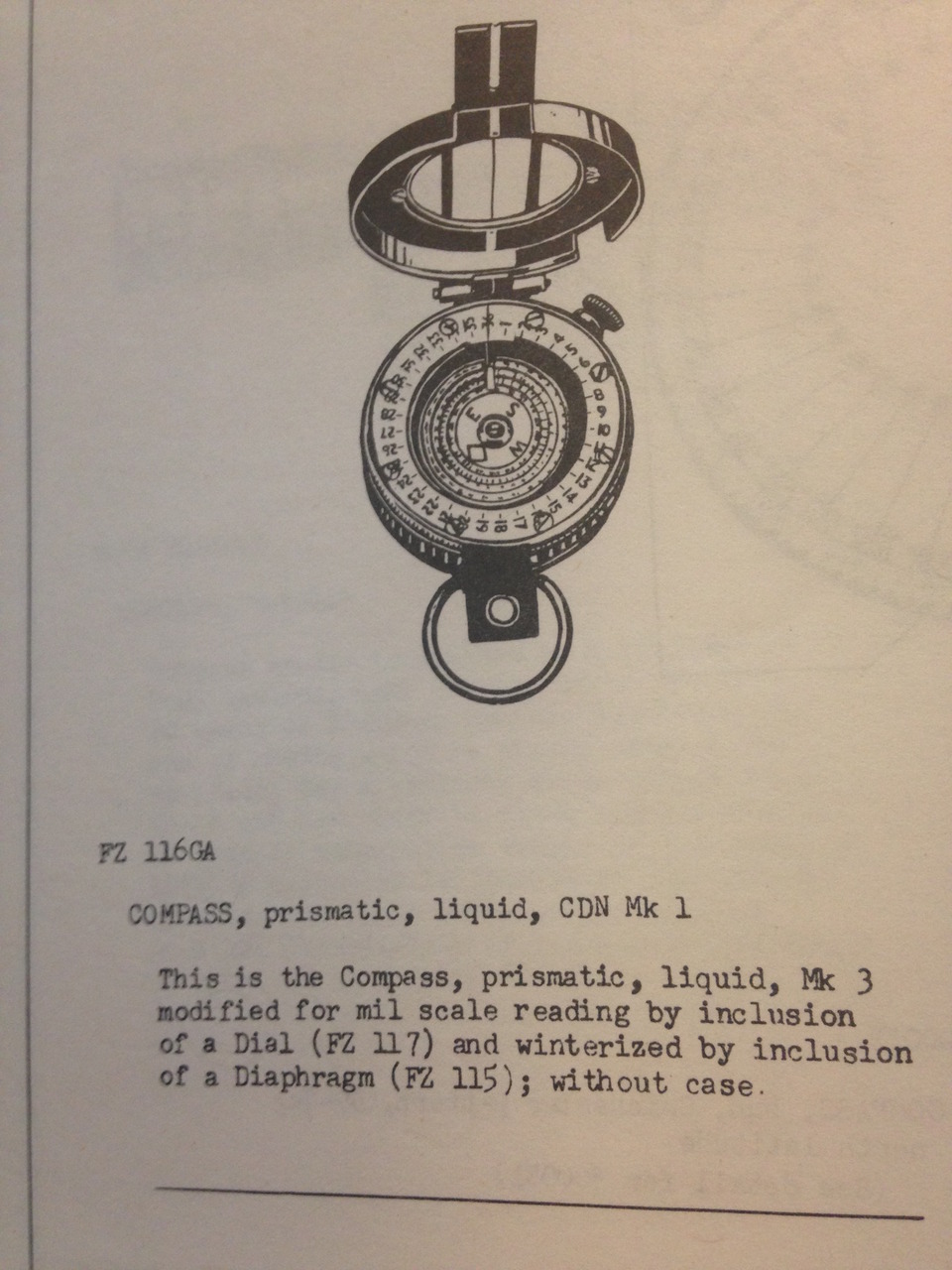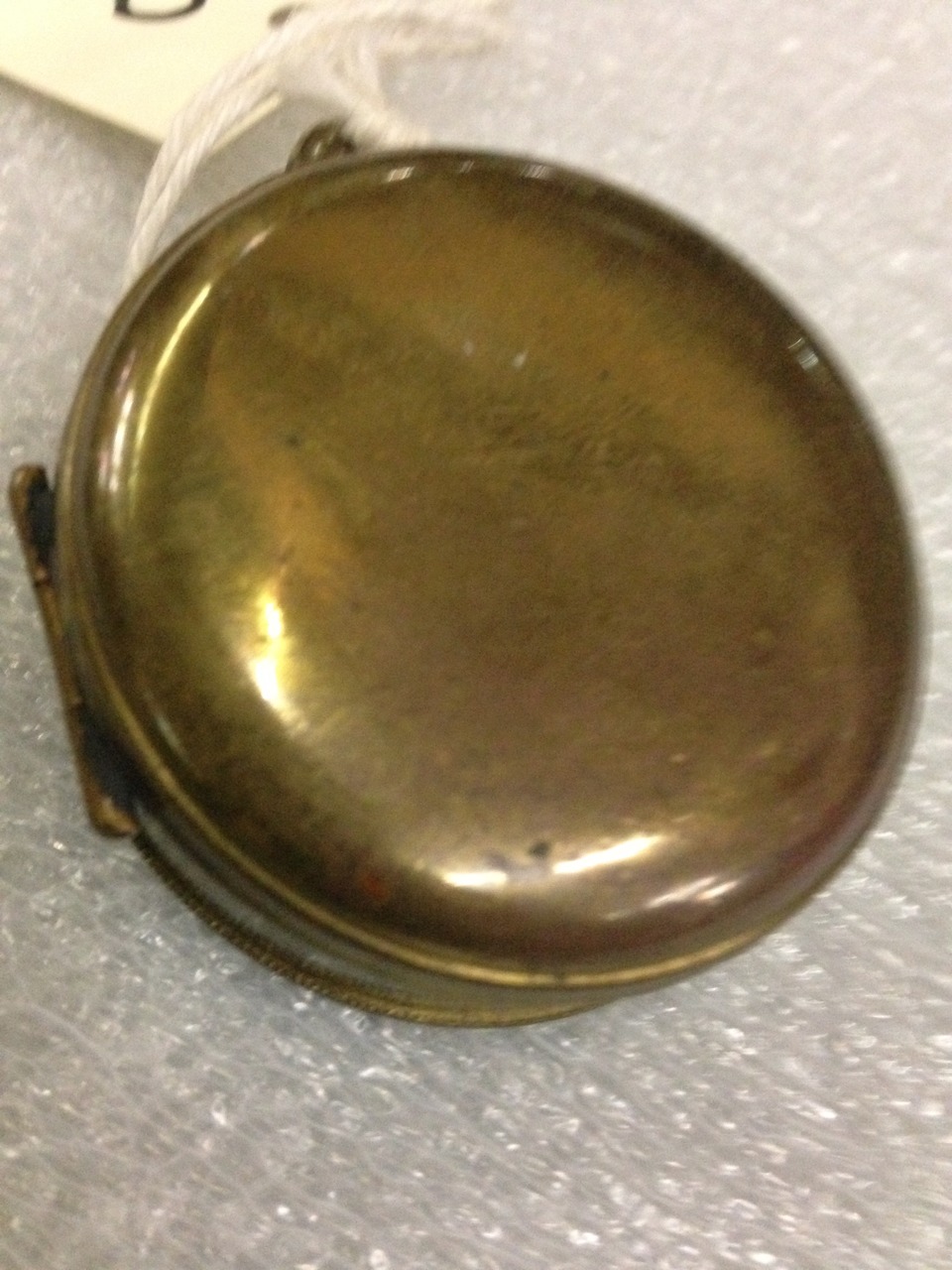Physical Component - Winterization
As this compass was used in cold weather, its cover served not only to protect it's surface from scratches but from winter.
As was discovered by looking through a mapping, surveying, and draughting instrument catalogue used by the Canadian army throughout the First World War, the purpose of the "diaphragm" on this compass was to "winterize" it. That is to say protect it from water and ice from forming inside the compass. Although this compass does not have a diaphragm it is winterized in another way. While surveying in a northern environment, the cover of this instrument served to protect the glass from scratching and cracking which could enable water to seep through and consequently ice to form on the compass' face.

